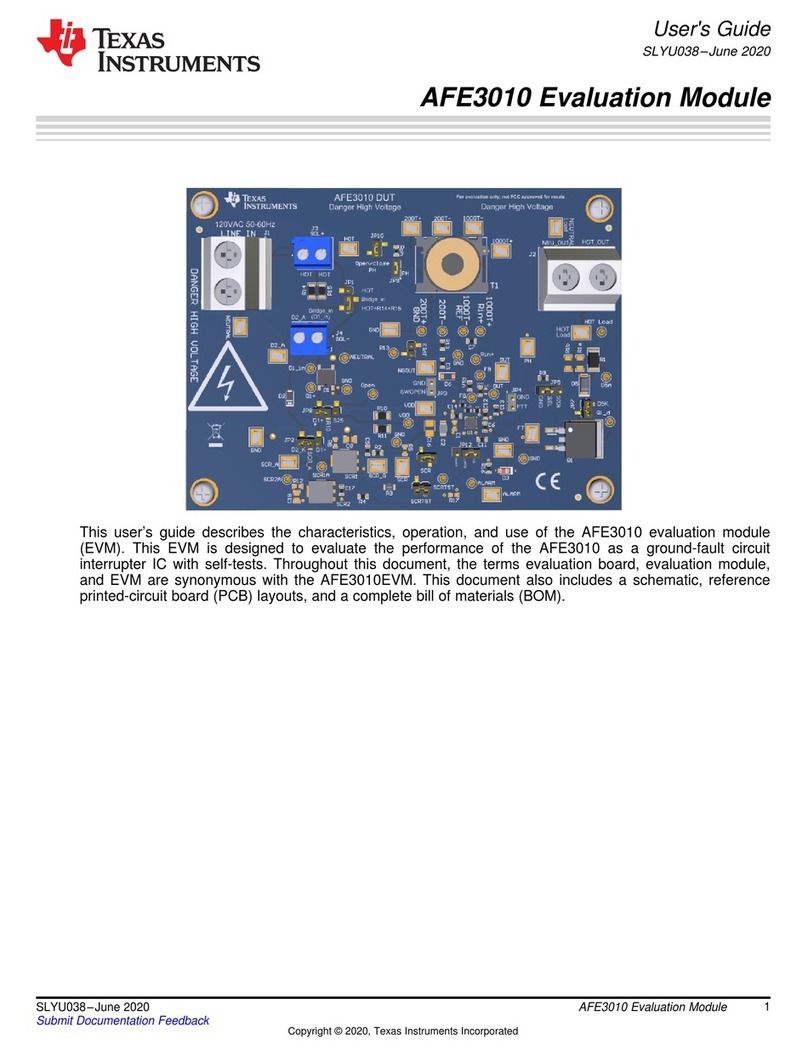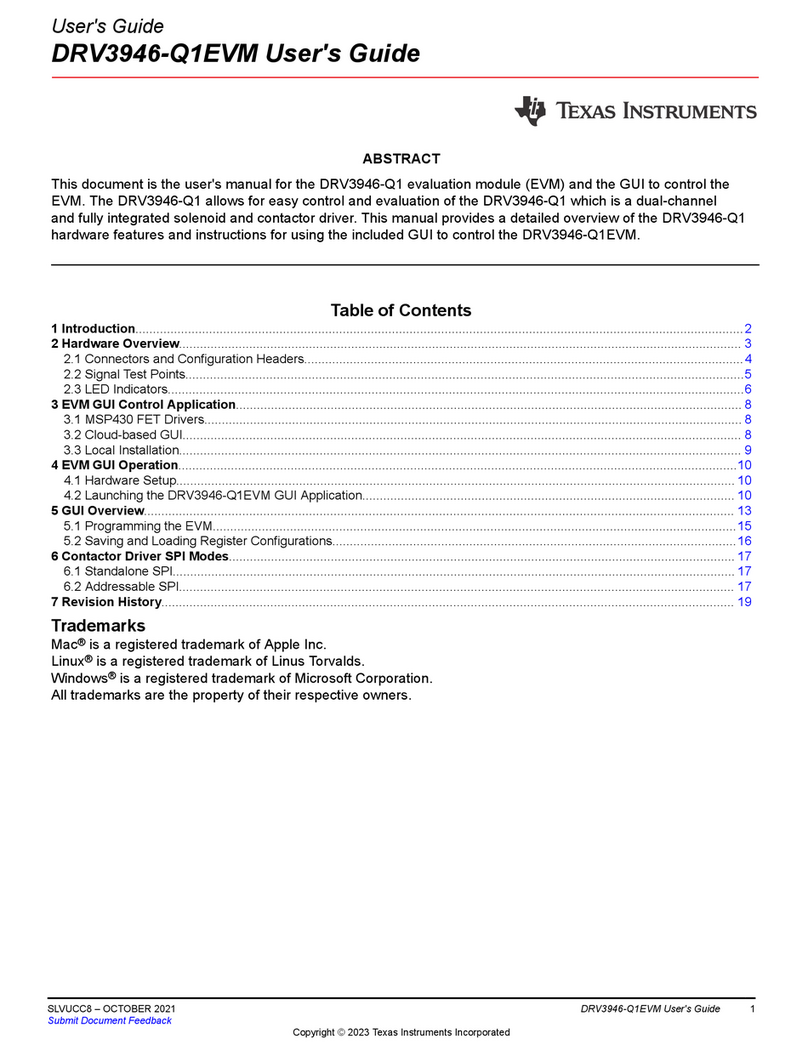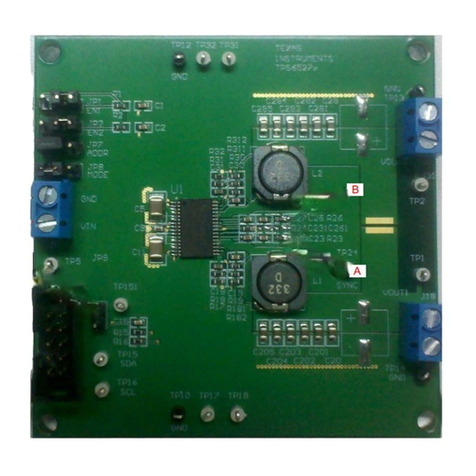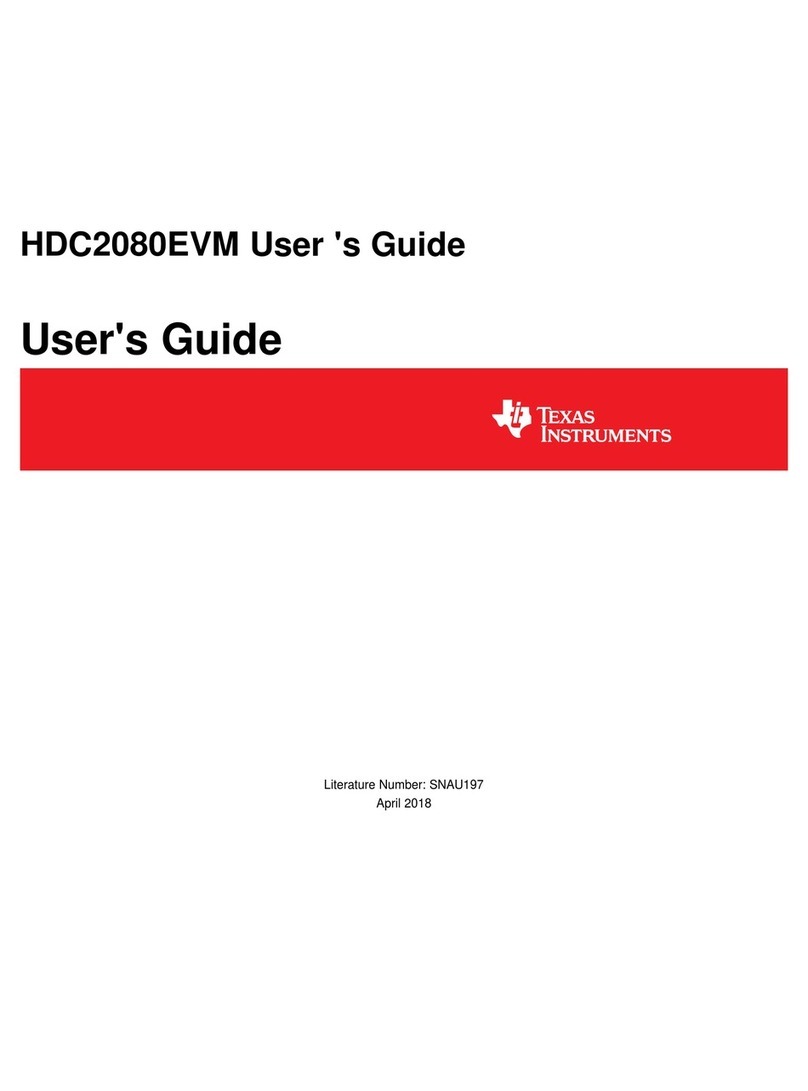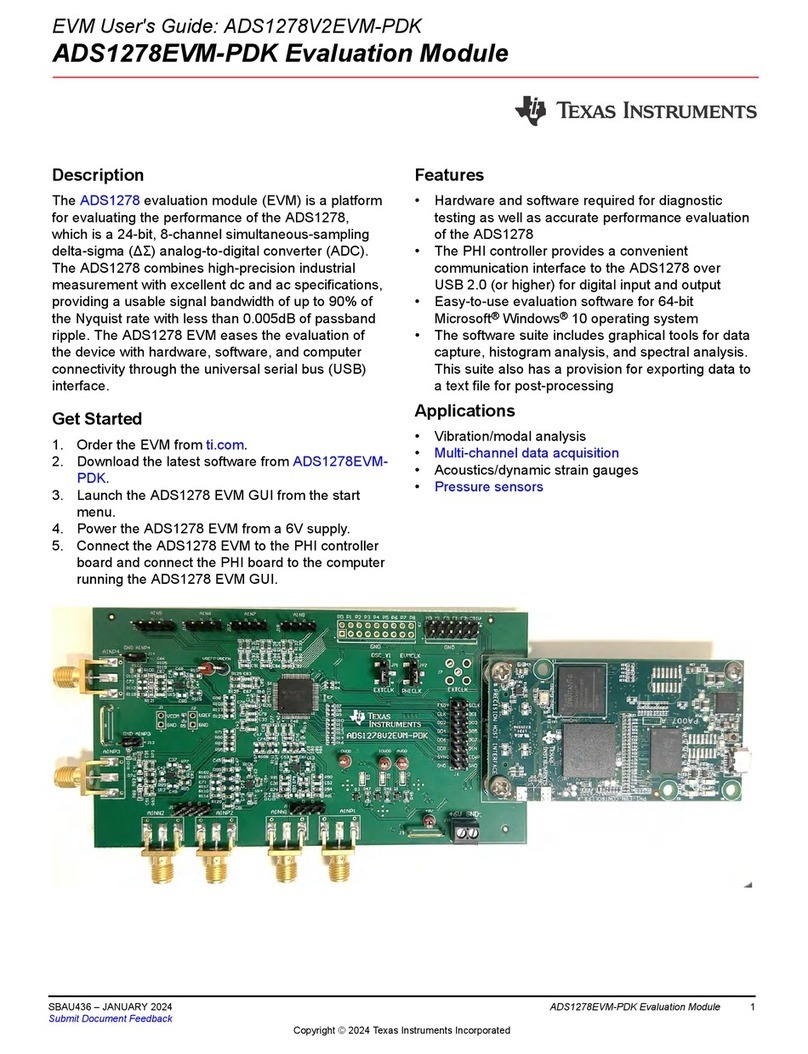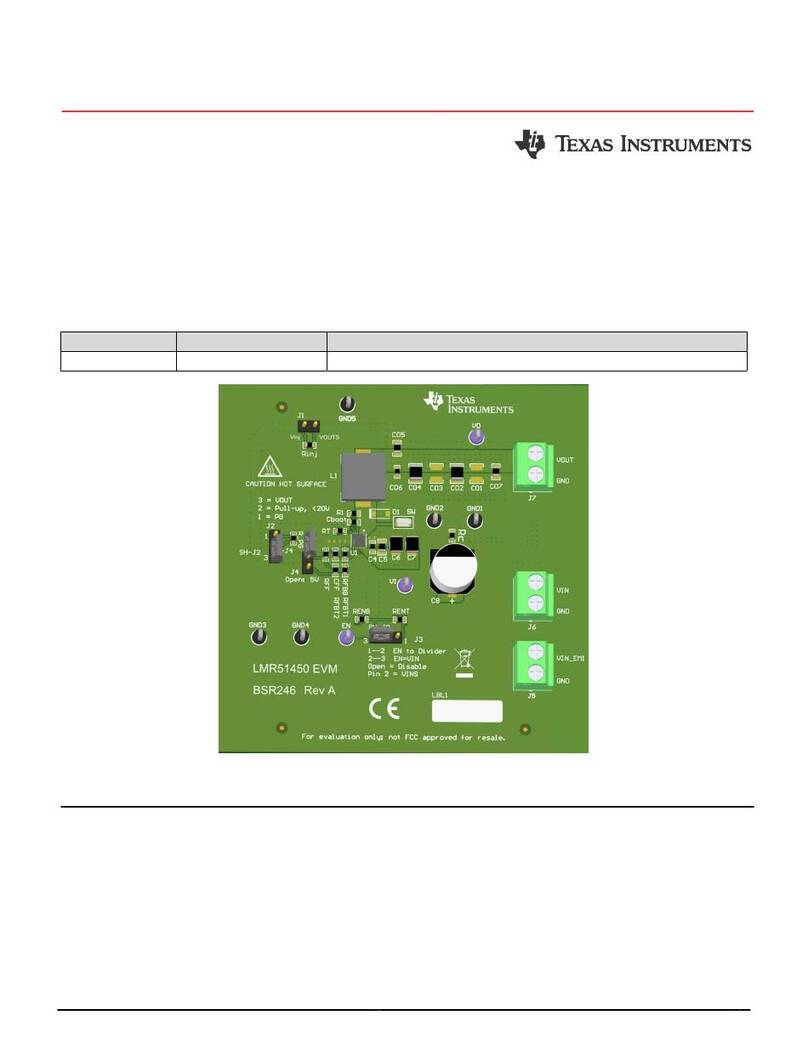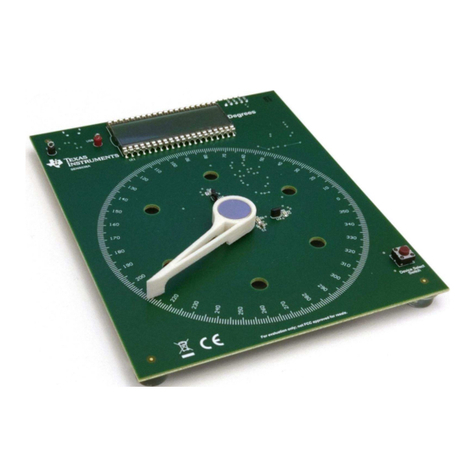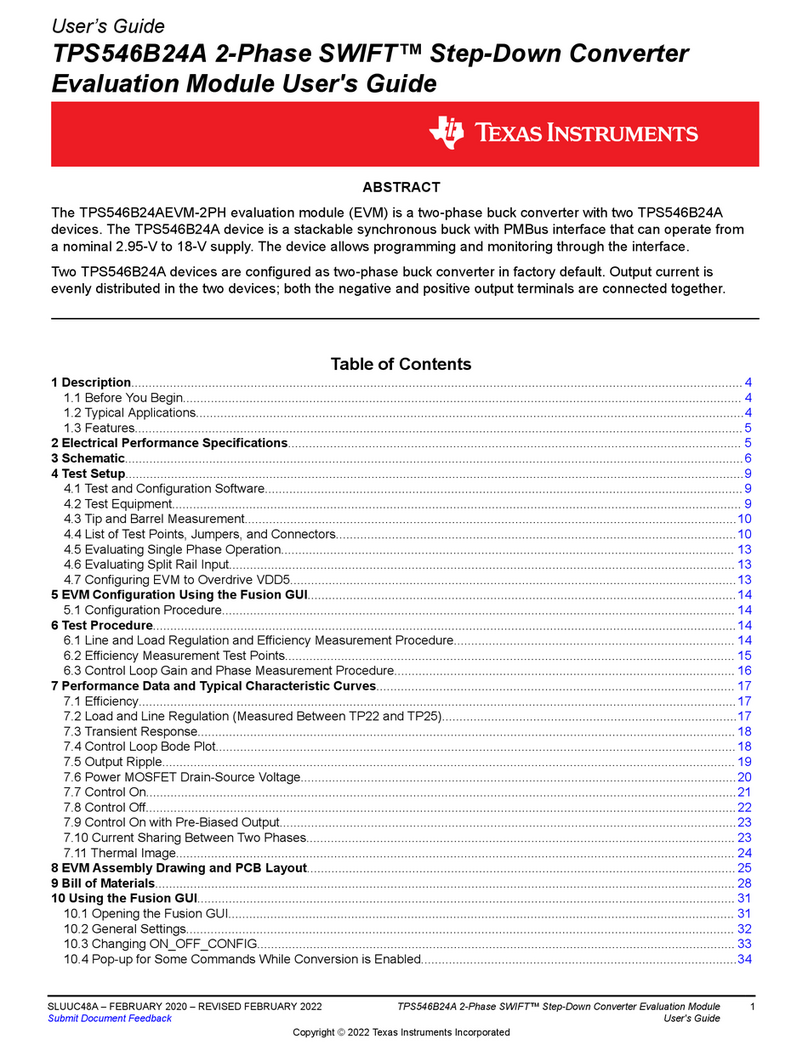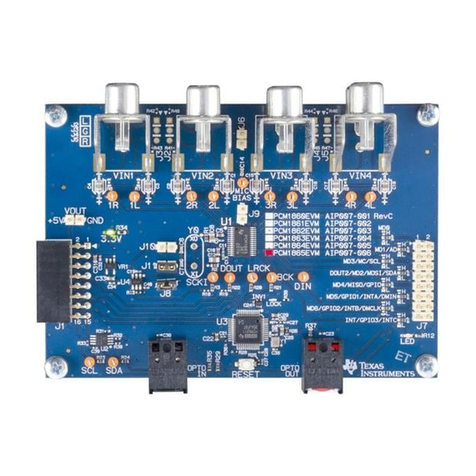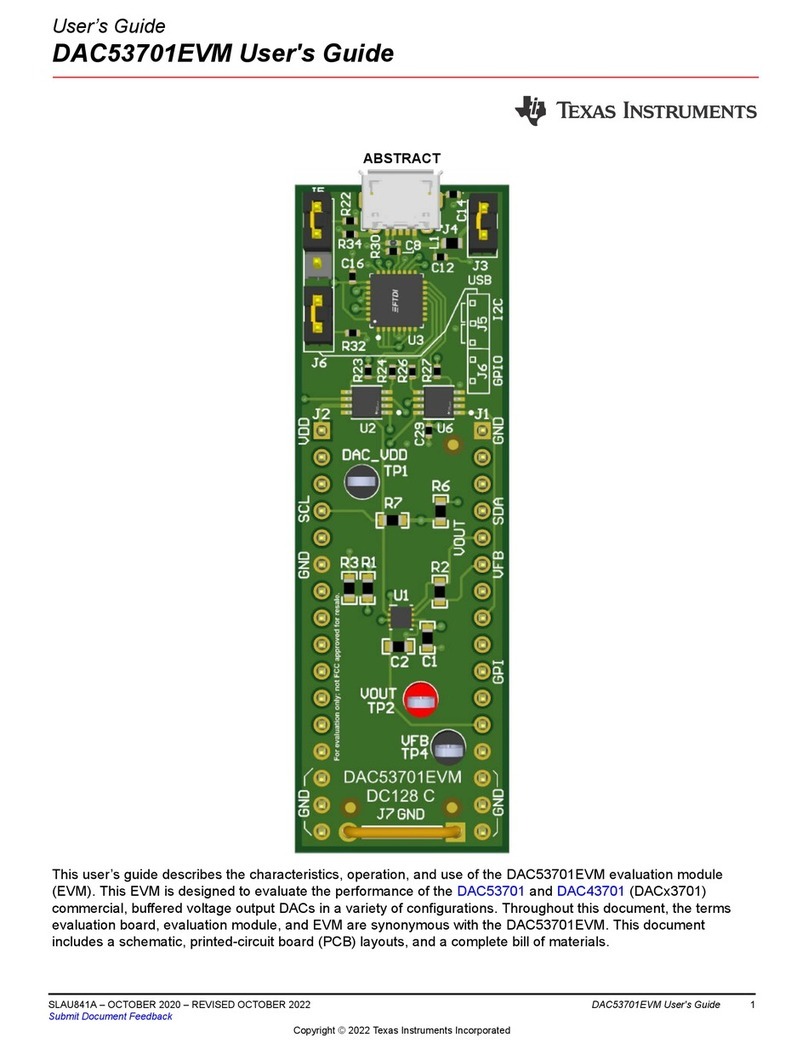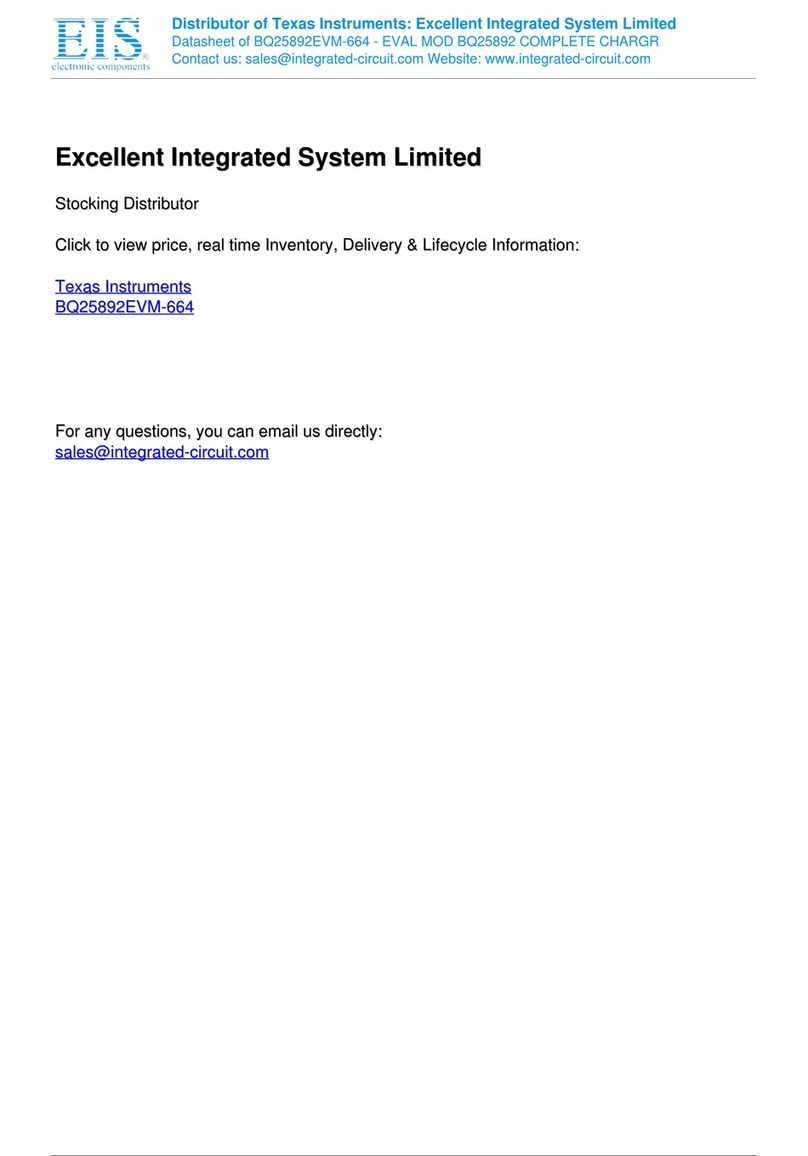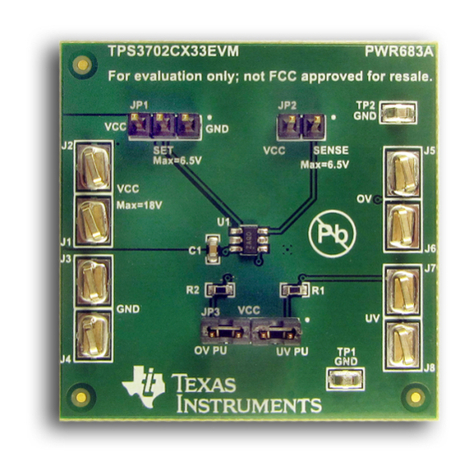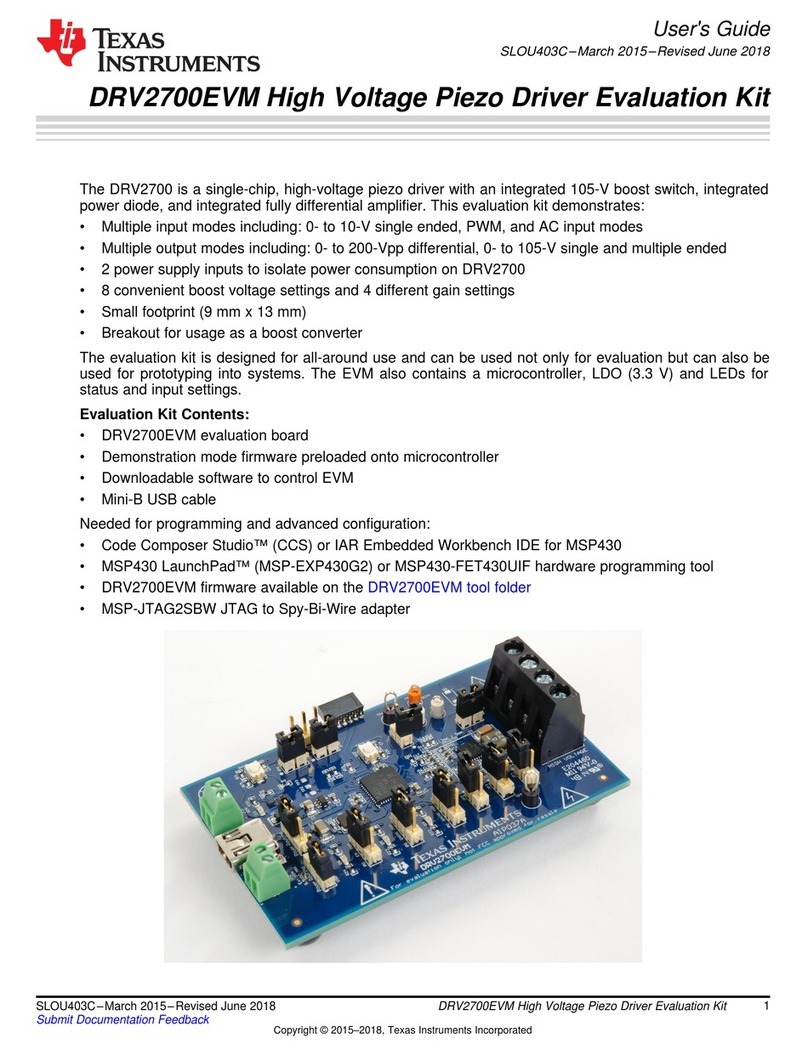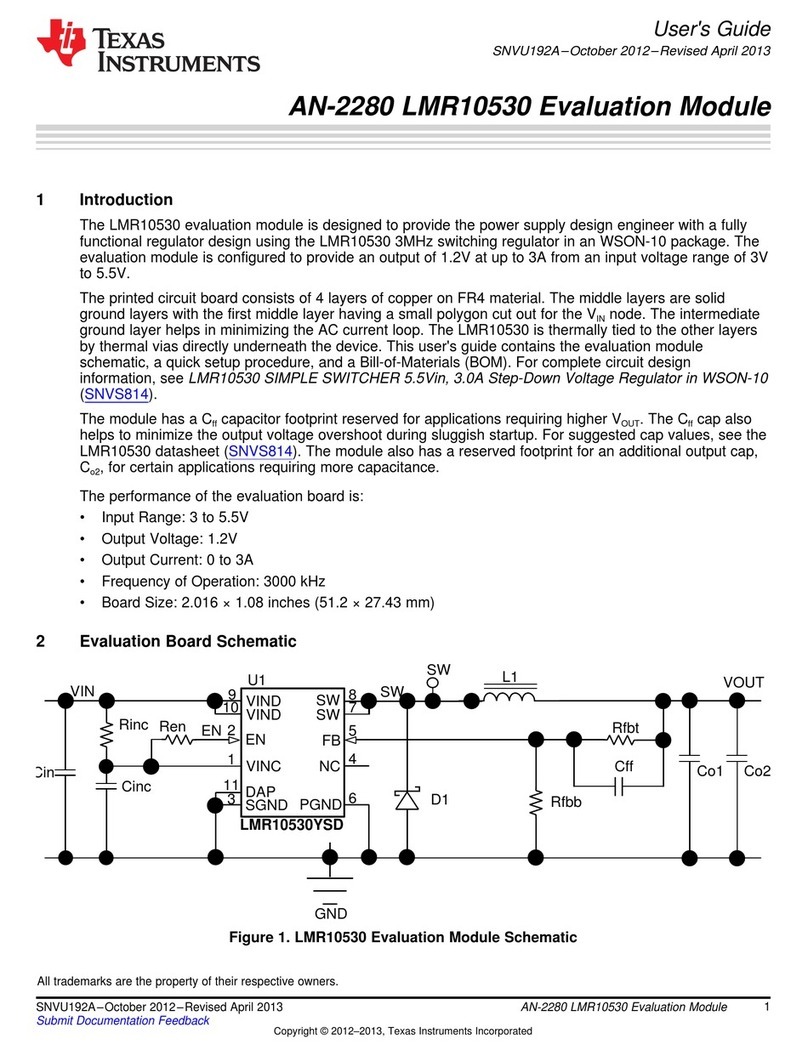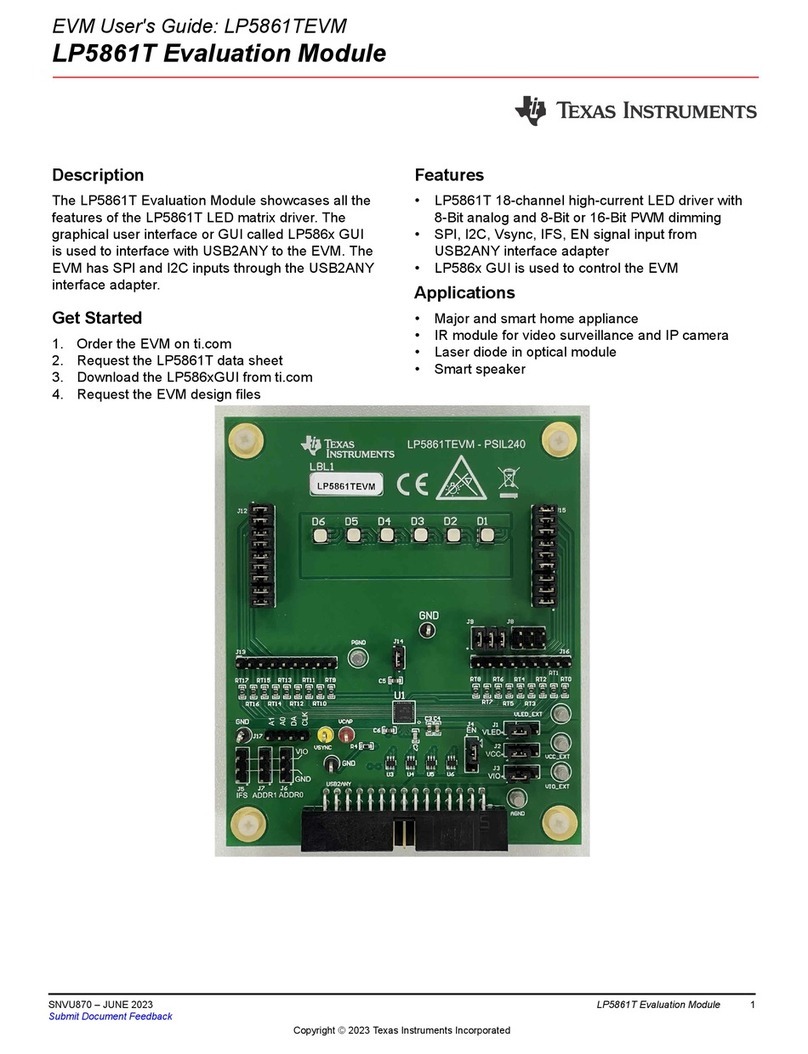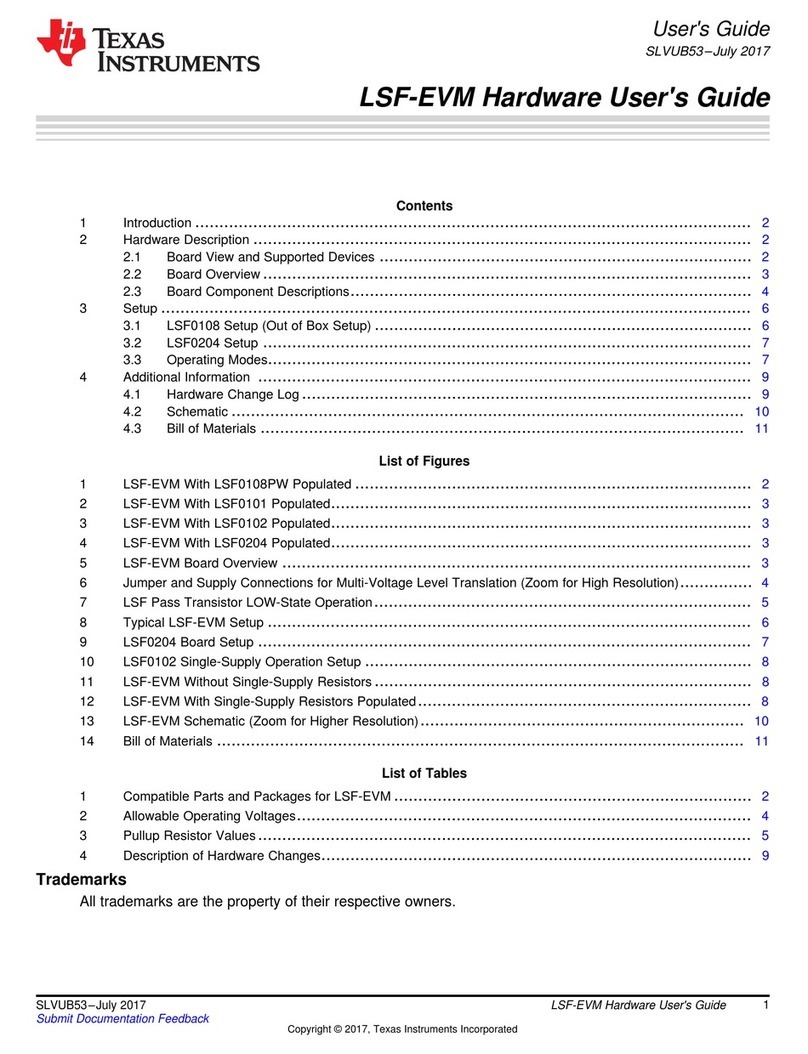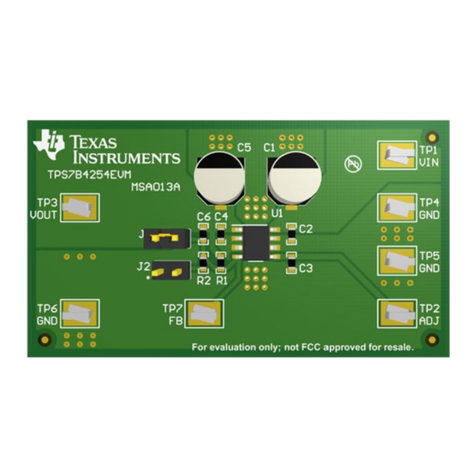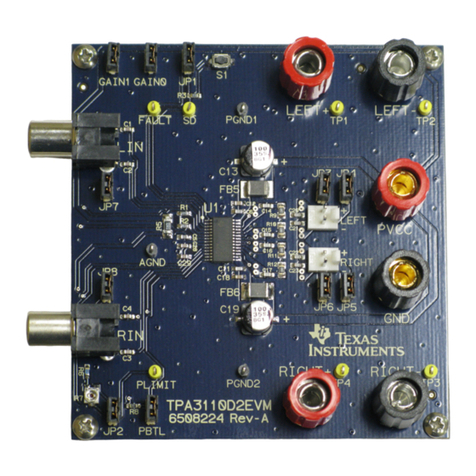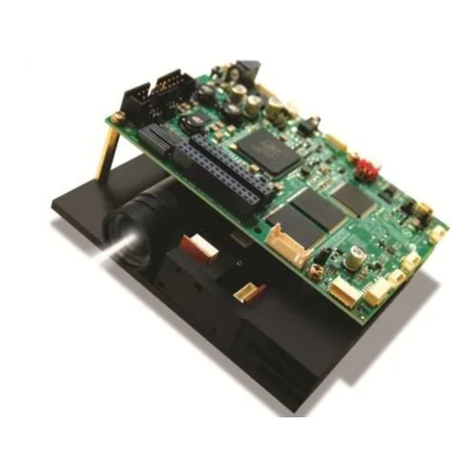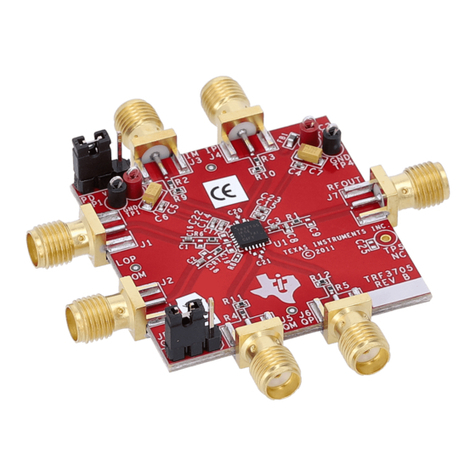
Design Strategy
1-4
Introduction
1.3 Design Strategy
The demand for smaller electronic devices is driving the need for innovative
battery powered solutions including smaller batteries because smaller
batteriesprovidesmallervoltages.Sincethebatterysupplyvoltagesvaryover
the life of the battery, it is necessary to have a dc/dc converter capable of
providingaregulatedoutputoverawiderangeofinputvoltages.Forexample,
AA alkaline batteries have a rated output voltage of 1.5 V but typically provide
1.2 – 1.5 V over most of their life and finally fall to 0.9 V near the end of their
life. NiHM and NiCd rechargeable batteries have a rated output voltage of
1.2 V but typically provide 1.4 V over most of their life and also fall to 1 V near
the end of their life. With its 1.5x or 2x voltage multiplication modes, the
TPS60120converterisanidealsolutionforefficientlyprovidingaregulated3.3
V from batteries whose end of life voltage falls well below the required 3.3 V.
With a minimum input of 1.8 V, the TPS60120 continues to supply power over
the entire usable life of alkaline, NiCd, and NiMH batteries. The TPS60120
alsoprovidesaninputvoltagemonitoringfeatureandanopendrainoutputpin
which is pulled high when the input voltage falls below a user determined
threshold. In this application, the threshold is resistor-divider selected as 1.8
V, and the open-drain output activates a red LED in the event of a low-battery
condition.
Today’s advanced DSPs and microprocessors are designed with the
processor’s core operating at a lower voltage than the input/output (I/O) cells
that communicate with the peripherals in the external system. Without proper
power-up sequencing, the long term reliability of many DSP systems can be
compromised when one rail is powered and the other rail is left inactive for
extended periods of time. In addition, bus contention, a condition when the
processorandanotherdevicebothattempttocontrolabidirectionalbusduring
power up, can affect I/O hardware reliability without proper power-up
sequencing. To provide proper power-up sequencing of the separate 1.8-V
coreandthe3.3-VI/Ovoltage,theTPS70751dualregulatorwaschosen.With
the sequence pin tied high, regulator 2 of the TPS70751 is enabled first and
provides the regulated 1.8-V core output. When the core output reaches
approximately 95% of its regulated voltage, regulator 1 is enabled and
providesthe3.3-Vcorevoltage.Hadsequencingnotbeenaconcern,a single
LDO regulator could have provided a 1.8-V core output and the TPS60120
dc/dc converter could have provided the 3.3-V I/O output directly. In this
configuration,regulator1oftheTPS70751operatesasaswitchtoensurethat
the I/O voltage powers up after the core voltage. In addition, the output
capacitorsofregulator1providesomefilteringtoreducesomeoftherippleon
thedc/dcconverter’soutput.AlsoincludedinthisimplementationisaSchottky
diodewith cathode connectedto the 1.8-Vcore voltage andanode connected
tothe3.3-VI/Ovoltage.Thediodeprovidesadditionalprotectionforlong-term
reliabilityandagainstbuscontentionissuesbyensuringthattherailsarenever
more than 0.3 V apart during power up.
